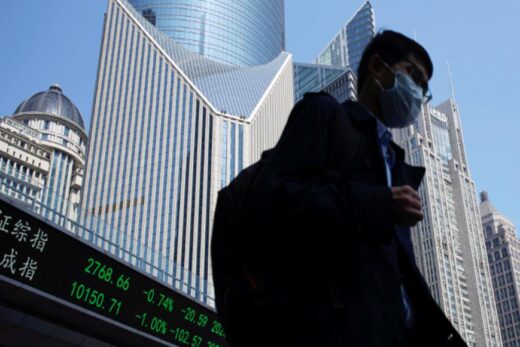Brent crude futures for June rose by 34 cents, or 0.5%, to $63.08 a barrel by 0123 GMT while U.S. West Texas Intermediate crude for May was up 32 cents, or 0.5%, to $59.65.
“Optimism on the global economic outlook boosted sentiment in the crude oil market,” analysts from ANZ bank wrote in a note on Wednesday.
Prices were buoyed as data on Tuesday showed U.S. job openings rose to a two-year high in February while hiring picked up. This followed earlier data showing U.S. services activity touching a record high in March and China’s service sector showing the sharpest increase in sales in three months.
The International Monetary Fund said on Tuesday unprecedented public spending to fight COVID-19, primarily by the United States, would push global growth to 6% this year, a rate unseen since the 1970s.
Optimism on a wider rollout of vaccines also boosted prices with U.S. President Joe Biden moving up the COVID-19 vaccine eligibility target for all American adults to April 19.
U.S. crude oil stockpiles fell in the most recent week, while fuel inventories rose, according to three market sources, citing American Petroleum Institute (API) figures ahead of government data on Wednesday.
Crude inventories fell by 2.6 million barrels in the week ended April 2, the sources said, citing the API data. Forecasters had predicted a drop of just 1.4 million barrels.
Oil production in the U.S. is expected to fall by 270,000 barrels per day (bpd) in 2021 to 11.04 million bpd, the Energy Information Administration (EIA) said on Tuesday, a steeper decline than its previous monthly forecast for a drop of 160,000 bpd.
Iran and world powers held what they described as “constructive” talks on Tuesday and agreed to form working groups to discuss potentially reviving the 2015 nuclear deal that could lead to Washington lifting sanctions on Iran’s energy sector and increasing oil supply.



